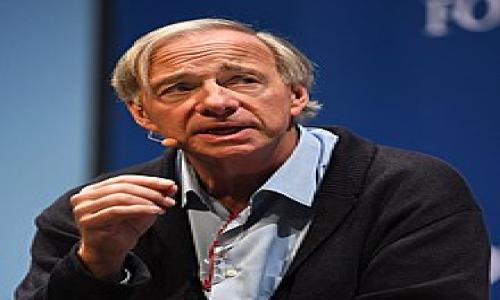Interest rates are very likely to enter an uptrend as we move through 2010. Increased government spending which has sharply increased in the last 18 months as the rescission started and the financial crisis impacted the
We had been in a benign environment for decades which lead to lower interests along with a protracted decline in defense spending. Defense spending declined from about 6% in the mid 80’s to 3% of GDP in 2000. The current trend of increased government spending will put pressure on interest rates to go up and likely enter an uptrend.
The Federal Reserve’s easy money policies lead to reduced federal interest payments in recent years. That will be coming to an end towards the end of 2010. Obama’s budget shows that interest payments will start rising rapidly next year and hit 3% of GDP by 2015. The last time interest payments were 3% of GDP was back in the mid 90’s, and that’s an optimistic projection by the Obama administration. During the mid 90’s when interest payments were 3% of GDP and government spending was at lower levels the 10 year US Treasury Note had a yield of 5.5% to 7.75% during that period.
In recent years the Bush and Obama administrations have hiked non-defense spending to a level of around 19% of GDP. That level of non-defense spending is almost double the level in 1970 measured as a share of the economy. This increase in spending along with declining federal tax revenues since the onset of the rescission has caused our Federal budget deficit to explode. The only way to finance the growing deficit is by issuing more and more debt and that is what the U.S. Treasury is doing and will continue to do.
Our national debt is growing so rapidly that I just don’t see how Treasury interest rates can stay at current levels. The need to finance more and more debt will put pressure on interest rates to rise in the coming years. Interest rates have yet to raise much due to the downward pressure of the real estate market and the deleveraging of businesses. As the economy perks up, that will change.
A possible way to profit from the probable rise in interest rates is to short the US Treasury market (lower bond prices leads to higher yields). You can purchase TBT (UltraShort 20+ Year Treasury ProShares); this fund will return twice the inverse of the daily performance of the Barclays Capital 20+ Year U.S. Treasury index.
Note: I do not own TBT, use caution when using leveraged ETF’s


Comments
Sol Nasisi
February 04, 2010
Japanese interest rates have stayed close to 0 for almost two decades now despite massive government borrowing and growing debt and deficits. In a deflationary economy, interest rates do not have to rise despite borrowing. While I believe higher rates may be coming, it's wise to understand they are not inevitable.
Is this review helpful? Yes:0 / No: 0
Add your Comment
or use your BestCashCow account